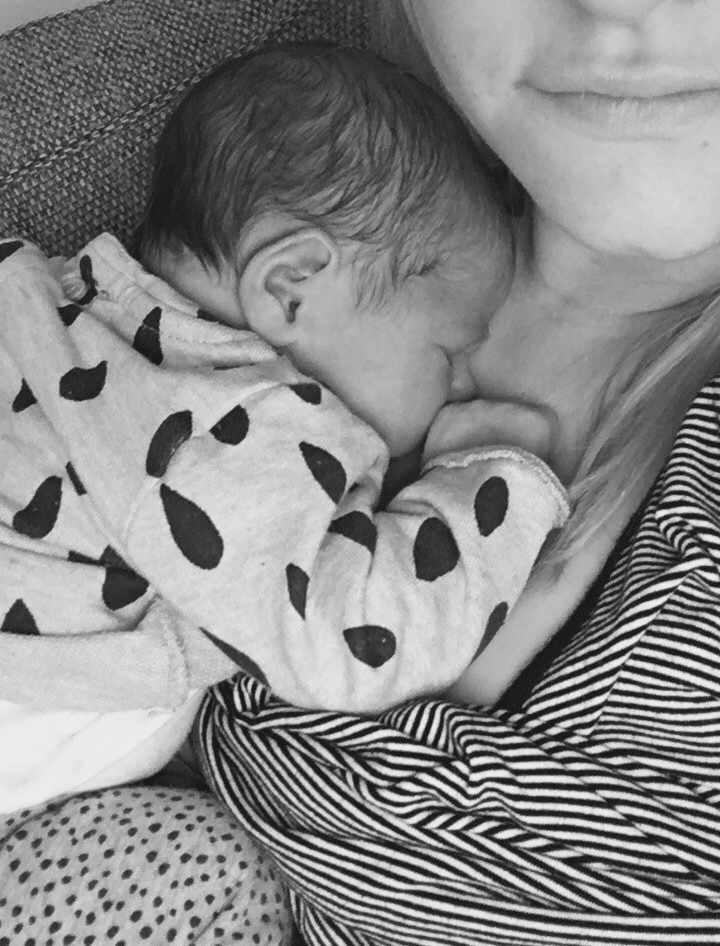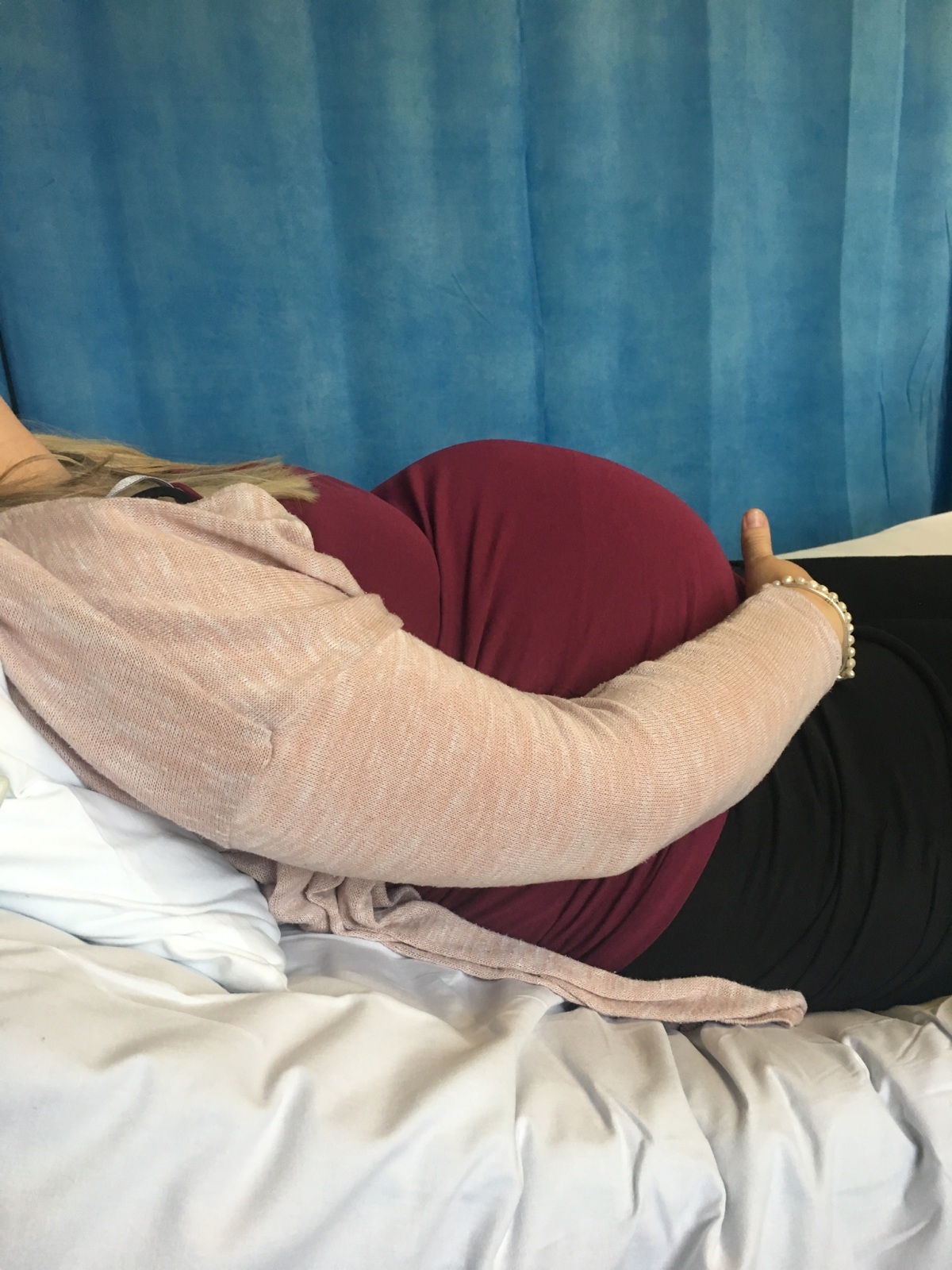
I used to love this little gem of a comment. Usually from the mouth of those blissfully child free, where weekends really do mean lie-ins and leisurely lunches and not little people waking you up at 5.30am demanding chocolate for breakfast and babies that want to use you as an all night buffet.
Maternity leave is amazing, rewarding, draining, scary, emotional, exhausting, relentless, exhilarating and so much more. But relaxing? Erm no. (Seriously, is it ever possible to relax ever again once you have kids? I swear I sleep with one foot on the ground, ready to leap into action at any given moment).
Entitlement to leave
Providing the correct notice is given (you must inform your employer of your pregnancy no later than 15 weeks prior to your due date), all employees with an employment contract are entitled to maternity leave, regardless of length of service. (You’d hope so right, imagine waddling into work the day after giving birth?!)
As I outlined in my last post, you can start your maternity leave anywhere between week 29 and your due date. If you have your baby earlier than expected, maternity leave will start automatically the next day.
Length of leave
Statutory Maternity leave is for a total of 52 weeks, made up of:
26 weeks Ordinary Maternity Leave (OML) followed by;
26 weeks Additional Maternity Leave (AML).
Now it’s important to highlight the difference between the two here, as the length of leave you take can affect your rights when returning to work.
At the end of OML, you have the right to return to your old job. Same conditions, same job, done. If you take extra maternity leave on top of this, known as AML, you have the right to return to your old job, unless your employer can argue that it is not reasonably practical for this to happen in which case you must be offered an appropriate, similar position, on no less favourable terms.
When you start your maternity leave, the last thing you want to think about is when you will return to work. And to be honest, you don’t have to. Well not yet anyway. Unless you state otherwise, employers should automatically assume you will take the full 52 weeks leave. Obviously, if like me, you need at least some money to save you scavenging in bins to feed your family, then you might want to return to work earlier than this, maybe once statutory pay ends at 39 weeks.
If so, you must ensure that you give your employer no less than 8 weeks notice of your intended return date. Of course if you are 100% sure of your return date from the get-go, you can tell your employer sooner than this, but often its best to wait and see how you feel (or how much you are willing to financially sacrifice once you have the little person that you created tugging at your heart strings).

Maternity pay
Now this is one that really does depend on your contract, length of service and your employers maternity policy. Some generous employers will offer what is known as ‘enhanced’ or ‘occupational’ maternity pay. This is pay over and above the statutory entitlement. It’s best to check your contract and company policy to find out if you are one of these lucky employees!
If not, you might qualify for Statutory Maternity Pay (SMP). To be eligible, you need to “have worked for your employer continuously for at least 26 weeks continuing into the ‘qualifying week’ – the 15th week before the expected week of childbirth.” Eh? Basically you will need to have at least one weeks’ service on day one of your pregnancy. You will also need to earn on average at least £113 a week and have given your employer the correct documentation.
This is essentially a piece of paper given to you by your midwife around 20 weeks pregnant (sometimes a bit later) called a MATB1 form. This is basically ‘proof’ of your pregnancy (as if the rotund tummy and pale I-think-I-might-throw-up face wasn’t enough to convince your boss right?)
Statutory pay is paid for 39 weeks as follows:
90% of your average weekly pay for the first 6 weeks, followed by either ‘flat rate’ SMP (£145.18 per week from 1st April 2018) or 90% of your average weekly pay, whichever is lower, for the following 33 weeks. (The remaining 13 weeks of maternity leave are unpaid).
A handy tool for calculating your maternity pay and leave dates can be found here.
If you are not eligible for SMP (for example because you haven’t been employed long enough) your employer should give you an SMP1 form, explaining why you are not eligible. However you may still qualify for Maternity Allowance. To find out more about this and whether you are eligible, you can contact the Department for Work and Pensions, who will be able to offer advice (more info on this here).
It’s worth noting that some companies might have different eligibility criteria when it comes to enhanced maternity pay (eg you will have to have worked in for the company for 2 years before you qualify etc).
Keeping in touch (KIT) days
Whilst on maternity leave, you can work up to 10 days, paid, without your statutory pay being affected. Contrary to popular belief, these keeping in touch days are optional, on both sides – both you and your employer must agree to them.
Accruing annual leave
So the good news is, you will continue to build up annual leave whilst on maternity leave. Happy days. You can also carry it over to the following annual leave year if you have been unable to take it. Even happier days (or happy holidays one might say).
Returning to work
Eeek, the big one. I always think returning to work after maternity leave can feel like one of those dreams where you go back in time, maybe to your childhood home or old school or something. Except this time it’s real life. Yep you really do have to go back to work.
Whether you are enrolling your baby into nursery or you have family members stepping in to help out, leaving your baby to go back to work for the first time can be daunting. Therefore it’s best to be prepared and know what options you have. (Rest assured though, in all likelihood, you will be spending more time checking your phone just in case nursery have called or worrying whether granny has remembered that the baby always has his toy elephant to sleep with, than the amount of time your baby will spend crying for you).
Obviously it is best to plan ahead when it comes to nursery places especially if you are keen on your little one going to that coveted nursery with an outstanding Ofsted report where they only offer home grown vegetables, fresh from their vegetable patch for lunch. Sounds ridiculous, but get your baby’s name down as soon as they are born, some parents even do this as soon as they found out they are expecting!
Some potential options to explore for your impending return to work are listed below:
Flexible working
If you worked full time pre baby, you might want to explore the option of reducing your hours. All employees have the right to request flexible working (whether your employer agrees to it or not is another matter – I will cover this in a separate post).
Many companies will have a flexible working policy and their own application forms so speak to your HR department. If not, requests can be made using the standard forms, downloadable via this link.
Phased return
Again, something your employer will need to agree to, but why not consider using some of that accrued annual leave for a gradual return. Alternatively, if you have not used your KIT days, these can also be used to ease you back into work.
Parental leave
If you have been employed for more than a year (chances are, if you are returning from maternity leave you will have hit this milestone) then you are entitled to a total of 18 weeks parental leave up to your child’s 18th birthday ( a maximum of 4 weeks per year). Leave is unpaid and must be taken in full blocks of one or two weeks (although there are exceptions to this if your child is disabled or if your employer is happy to agree to a different arrangement).
Ok so that’s the basics covered. I will leave it there to avoid running the risk of boring you off, (I’ve skirted a fine line, I realise) but do let me know if there is anything else I haven’t covered.
Much love
Kayleigh x






